|
If your business is experiencing a slow period right now, that should change later this year as the pandemic eases and people feel safer (and eager to again do many of the things we once took for granted, like eating out). It’s a good time to make sure your systems are functioning well and your business is poised to manage that transition smoothly. Your POS is a good place to start. The National Restaurant Association advises you assess your system’s practicality: How well are you able to navigate it, use all of its functions and train others to use it? Does it integrate with online ordering? Sync smoothly with your scheduling and payroll? Then lean on the vendor IT support you have available. If that is lacking, now is the time to find a new partner who can advise you of how to make best use of your system now, streamline spreadsheets and support your business as it evolves.
There have been plenty of visible tech-enabled changes to the restaurant experience in the past year, including everything from contactless payment to the use of QR codes for ordering. While they have safety and efficiency benefits, they also change the experience of eating in a restaurant, which many people miss and are eager to return to. As many cities await the return of indoor dining, your restaurant might benefit from invisible tech that promises to boost safety – and as a result, could make your restaurant a more appealing option for guests looking to dine out. New systems and lighting are becoming available (and more affordable) that filter and purify the air and also clean surfaces in a restaurant. According to a recent Restaurant Dive report, an Ohio restaurant operator installed an AiroDoctor filtration system in May when indoor dining reopened in his area. He feels the system has helped guests and employees feel more secure – while also giving his safety-related marketing a boost.
As COVID-19 has forced many businesses to have their employees work from home, restaurant operators haven’t had that option – at least for front-of-house staff. But cloud-based technology systems have at least allowed restaurants to move their business data to a central location where managers can access it remotely and ensure they pay paychecks and invoices promptly and manage other back-office functions in real time to keep the business on track. Think of the transition to the cloud as not simply a convenience or safety measure during a temporary pandemic, but as a long-term strategy that will enable your business to be more agile going forward – enabling you to adapt more flexibly to new business models and sales and labor structures as your business evolves.
Even in more normal times, there is often waste lurking in a restaurant’s labor structure. You might have too many or too few employees on hand to serve customers or close for the night, or simply have too many occasions when your staff have idle minutes between tasks. Using tech to manage your labor isn’t about replacing your people with machines, but about accumulating evidence to demonstrate what labor is required to complete various tasks and then ensuring you deploy the ideal number of people to execute those tasks. You may feel that after many years running a restaurant, you have a good gut feel for how many people you need and when – but you might be surprised by the hidden waste that tech can reveal to you. (Noodles & Company learned recently via the use of HotSchedules, for example, that having five or six employees handle closing-shift duties was taking one hour, while the same duties took just 45 minutes when they scaled the number of closing-shift staff down to four people.)
We’re swimming in a growing pool of consumer data – and increasingly, that data will help you understand your customers better, offer them new conveniences and predict what menu items and promotions they will love. But consumer protections around their data are growing too, requiring people to “opt in” to what you offer (and simultaneously reminding them that you are tracking their preferences). When customers use your technology, whether it’s to place an order or join your loyalty program, be clear about how you plan to use their data and what the benefit is for them. Will it make their ordering process lightning-fast? Enable you to bring a packaged order outside as soon as the customer approaches your driveway? Put your intentions in plain English as much as possible and mention that they can opt out (and help them understand why they wouldn’t want to).
Imagine driving home one day and telling the voice-powered assistant in your car to order your favorite pizza from Domino’s so it’s ready for curbside pickup when you drive in. Or asking it to make dinner reservations for your anniversary, which always springs to mind during your morning commute but gets forgotten once you arrive at work. This is A-commerce, or auto commerce, and a new study from Rakuten Ready predicts this new form of initiating transactions will become a growing force for businesses in the next five to 10 years. While A-commerce may sound futuristic, by preparing your business for it now, you can reap benefits in the near term and more easily incorporate it into your business model when it becomes more widespread. The study advises restaurants to start experimenting with simple voice-powered mobile applications and business models now. For example, update your Google My Business account to make sure your restaurant is easily found in local listings. Using geolocation tools, which will be central to A-commerce, can also serve you now by helping you develop and fine-tine your local online marketing plans while streamlining curbside pickups.
Your customers’ preferences are what keep them coming back to you – and are what tell you what items to promote to whom and when. Restaurants often lose ownership of that critical data when partnering with third-party delivery companies, but they may be able to find more ways around that this year. Industry analysts are seeing potential for a rise in unbranded delivery partnerships with restaurants in 2021. In practice, this means customers would have to visit a restaurant’s website to place an order and access delivery – at which point the third-party delivery is triggered on the back end. It takes delivery off of a restaurant’s shoulders but also ensures it retains the customer information that can help them formulate their sales and marketing plans.
If you’re struggling to make delivery work, embracing and fine-tuning your curbside pickup service this year could be your best way to reap the benefits of digital orders (like bigger check totals and the ability to retain customer data) while avoiding the disadvantages of third-party delivery. Operators have been making large investments in the digital technology that will make curbside pickup work, according to a Restaurant Dive interview with Jean Chick, principal and U.S. restaurant & food service leader at Deloitte. She said consumers are more apt to go for it if they live within a 10-mile radius of the restaurant because it may end up being faster than waiting for delivery. Curbside offers benefits to both restaurants and customers: It gives a restaurant the ability to control their interaction with a customer and make it a fast, safe, positive, data-rich one. It’s a digital experience, so it is quick, but it is also personal, which can help convert customers into regular visitors. Could you enhance your curbside pickup experience this year?
|
Subscribe to our newsletterArchives
July 2024
Categories
All
|
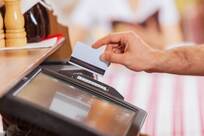
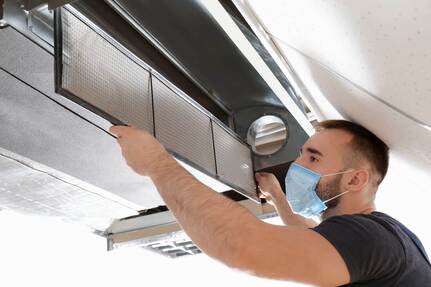
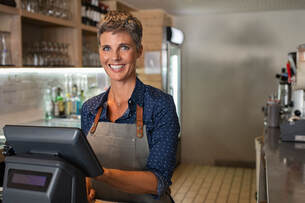



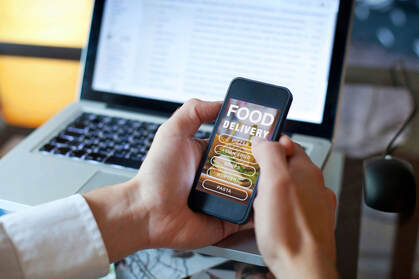
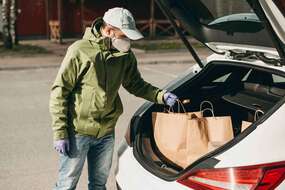


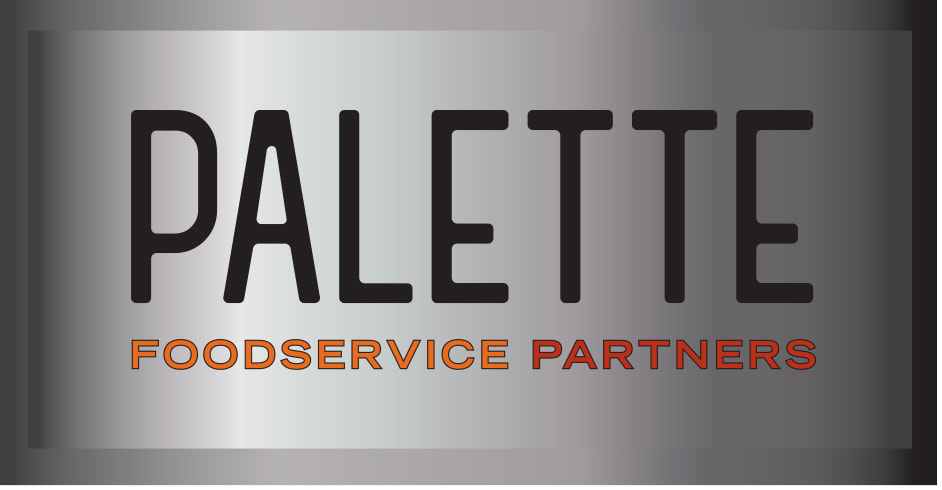
 RSS Feed
RSS Feed